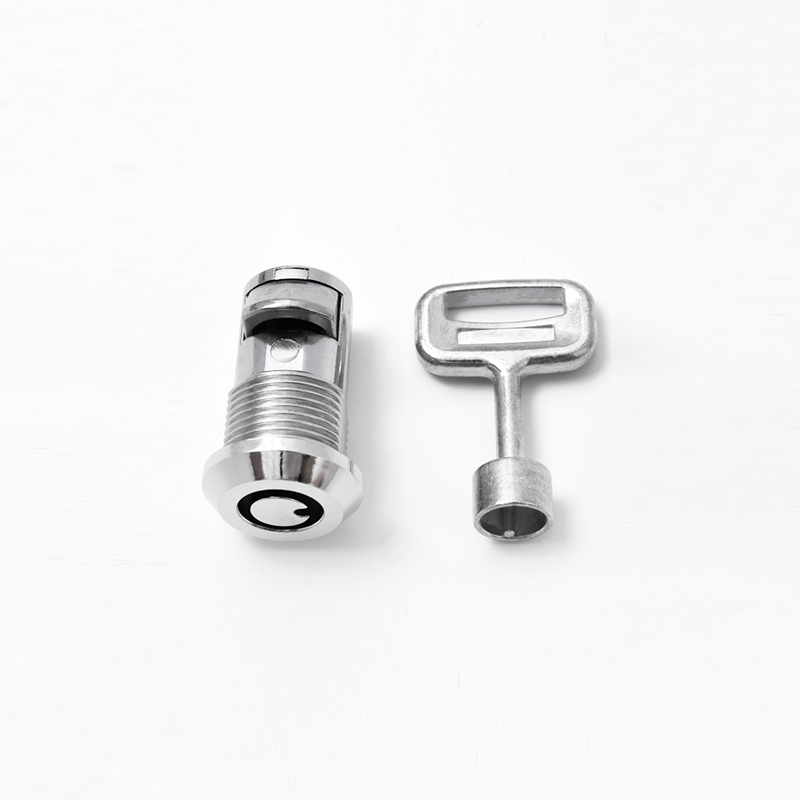Check for Debris or Dirt: Debris and dirt can accumulate inside the lock over time, especially in environments prone to dust or where cabinets are located near construction or renovation areas. These particles can hinder the smooth operation of the lock by obstructing the movement of internal components. Solution: Use a can of compressed air with a narrow nozzle or a soft-bristled brush to carefully clean out the keyhole and around the edges of the lock. Direct the compressed air or gently brush away any visible debris. Take care not to push debris further into the lock mechanism. Ensure the area around the lock is clean to prevent further contamination.
Lubricate the Lock: Proper lubrication is essential for the smooth operation of any lock mechanism. Without adequate lubrication, the internal components of the lock can experience increased friction, leading to sticking or difficult key insertion and turning. Solution: Choose a high-quality graphite powder or a silicone-based lubricant specifically designed for locks. Graphite powder is preferred for its dry lubricating properties that do not attract dust or dirt. Apply a small amount of lubricant directly into the keyhole and on the key itself. Insert and remove the key several times to distribute the lubricant evenly throughout the lock mechanism. Avoid using oil-based lubricants as they can attract dust and debris, potentially worsening the problem over time.
Use the Correct Key: Using an incorrect key or a worn-out key can cause the lock pins and tumblers to misalign or catch within the cylinder, resulting in difficulty in turning the key or complete jamming. Solution: Verify that you are using the correct key designated for the specific lock. Keys that are worn-out or have bent teeth should be replaced promptly to avoid damaging the lock further. Ensure that the key is fully inserted into the keyway and turned gently and steadily without forcing it. If the key does not turn smoothly, avoid applying excessive pressure as it can lead to breakage or damage to the lock.
Insert and Remove the Key Smoothly: Rough handling of the key can exacerbate existing issues with the lock mechanism. Forcing the key into the lock or turning it with excessive force can cause the internal pins and tumblers to become misaligned or jammed. Solution: Insert the key into the lock cylinder with gentle pressure, ensuring it goes all the way in. Turn the key smoothly and steadily without sudden jerks or twists. If the key does not turn easily, do not force it. Instead, gently jiggle the key while applying light pressure to encourage the pins and tumblers to align correctly. This method can often free up a stuck lock without causing additional damage.
Check Key Alignment: Misalignment between the key and the lock pins can prevent the key from operating the lock smoothly. This misalignment can occur due to wear and tear on the key or the lock cylinder itself. Solution: Ensure that the key is fully inserted into the keyway and aligned correctly with the lock pins. Misalignment can sometimes be corrected by gently adjusting the key position or by wiggling the key slightly while turning it. If the key continues to encounter resistance or does not turn smoothly, it may indicate a more serious issue with internal components requiring professional inspection and repair.



 English
English 中文简体
中文简体
















